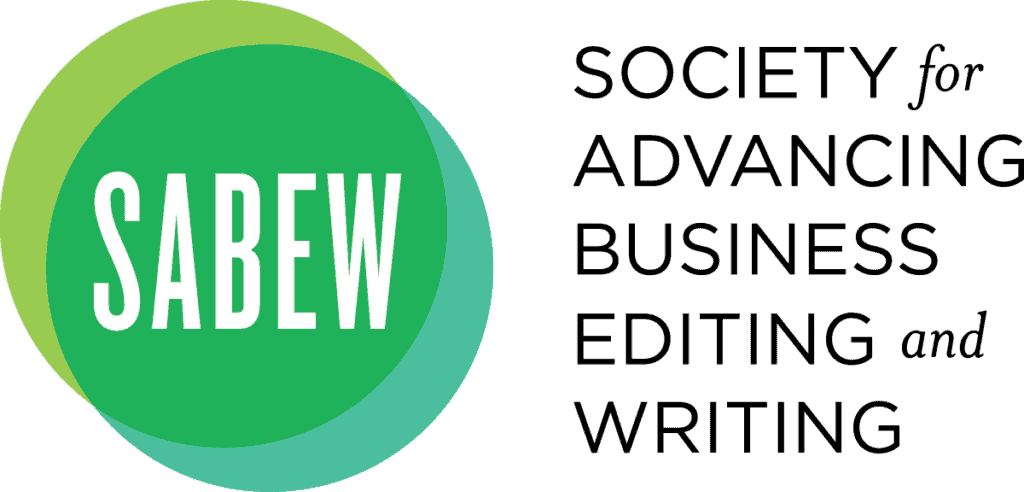
By Deagan Urbatsch
The Cronkite School
At a time when empirical evidence is more important than ever for reporters, data can constitute the hard facts in any investigative story, according to Maud Beelman, the executive editor of the Howard Center for Investigative Journalism at the Walter Cronkite School of Journalism and Mass Communication.
Beelman’s panel at the Society for Advancing Business Editing and Writing spring conference in Phoenix on Friday featured three accomplished journalists who use data as evidence on a daily basis: Maurice “Mo” Tamman of Reuters, David Ingold of Bloomberg and John Hillkirk of Kaiser Health News.
Their respective stories about the health of the oceans, an obscure New York legal document used to drain small businesses across America and dubious drug prices would not have been possible without data, the three reporters said.
Tamman’s series hinged on his experience living on a sailboat for 11 years in New York Harbor. Tamman saw two tropical fish near his boat, a mahi-mahi and a bull-dolphin, both far from their natural warm-water habitat.
That observation led Tamman on a long journey of data scouring and aggregation to develop a clearer picture of how fish worldwide are fleeing from rapidly rising ocean temperatures. The catalyst was a daily observation, but data is what allowed the story to move forward, he said.
“Things you see in your real life, oftentimes, are stories. The same questions I’m asking, the things I see in my universe, are the same questions our readers are asking themselves,” Tamman said. “If you can’t answer your questions by reading the newspaper or going online, chances are, those questions aren’t being answered.”
Beelman asked the panelists how a journalist could answer those questions in an engaging and palatable manner, rather than via data-laden exposition.
“Data is the nut graf that shows the scope and breadth of the problem,” said John Hillkirk, senior enterprise editor at Kaiser Health News, who collaborated on an article about brand-name drug manufacturers hiking their prices since 2012.
Hillkirk mentioned another KHN article where the central character was a young boy on a ventilator.
“With health care, it’s a bit easier to find the human face behind the data, but I’m still amazed at the amount of time reporters dedicate to telling these people’s stories,” he said.
David Ingold, a reporter at Bloomberg, has a close working relationship with his newsroom’s graphics department. He said his role allows him to collaborate with designers to create data-driven visual aids.
Such visual aids can be seen in Ingold’s collaborative five-part series about a loophole in New York’s small-business loan laws, an obscure document called a “confession of judgment.” Borrowers who signed the document waived their right to defend themselves if the lender took them to court, a practice which is illegal in several states throughout the U.S., but not in New York at the time the article was written.
One of the visuals was a map of New York showing which counties had the most confessions of judgment signed over a period of time. Rural areas were clearly more affected than cities, Ingold said.
Ingold said he treated the story as a feature. The data was the backdrop to tell the stories of the families affected, and the criminals who hurt them.
The panelists gave advice to the reporters in attendance on how to learn the skills for data journalism.
Tamman said the National Institute for Computer-Assisted Reporting (NICAR) has been one of the best resources for decades.
“The first NICAR conference in 1994, that was the first time I used a web browser,” said Tamman. “I’ve continued to rely on it.”
Ingold suggested a website called R for Journalists, in reference to the R programming language typically used by data reporters. The site was created by Washington Post journalist Andrew Ba Tran, and, according to Ingold, is friendly for at-home learning.
Tamman reminded his fellow reporters that journalism has always been about providing evidence for assertions.
“You use what’s available to you in your time and place in history, and this time and place in history is that we have access to data and tools to analyze it,” he said. “So, I feel that good investigative journalism almost always has an empirical spine to it, and around that spine, we tell people’s stories, about the economies they live in and the places they live in. It’s no different than any other form of journalism, except we use data to tell the story.”


